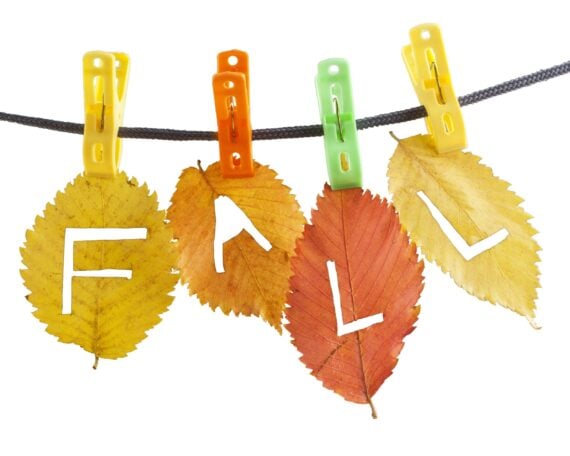There’s a lot to do to get the house and yard ready as the seasons change from the heat of summer to cooler days and even cooler nights. Some of these things help prep for winter, while others will add curb appeal next spring. Some save money in the long run, and still others are critical for safety. Follow this checklist from the yard to the exterior of the house to a home’s inside.
SEED AND FERTILIZE THE YARD
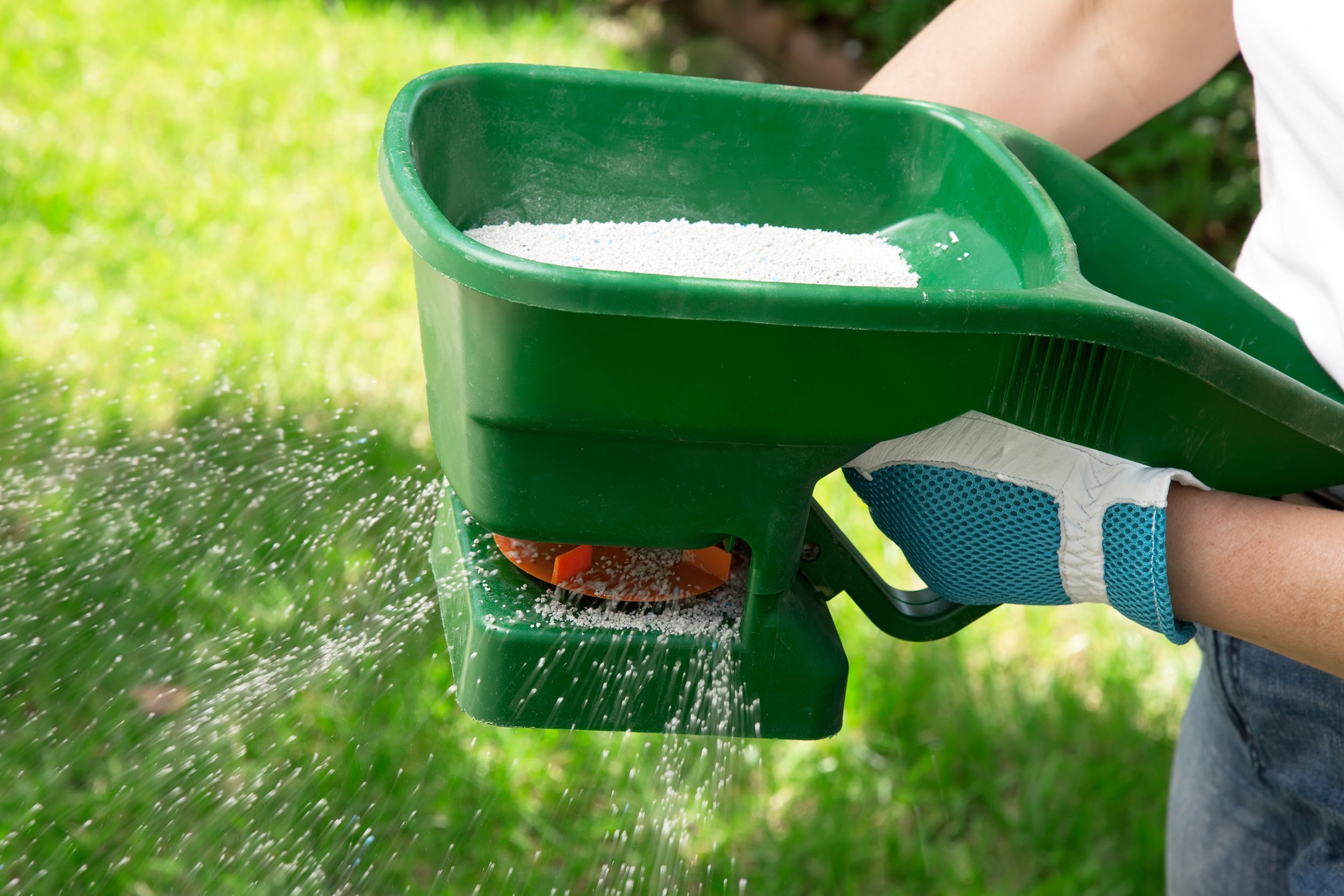
Summer heat and dry conditions can damage a healthy lawn, but fall’s cooler temperatures, more frequent rain, and morning dew help it recover. For a greener and healthier lawn next spring, put down seed and fertilizer now and feed the lawn one last time before winter hits, so the yard has what it needs to build strength as it naps during the long cold.
SIZE UP SUMMER GARDENS AND FLOWER BEDS

Note what did well in the garden in the summer and what didn’t, to help plan for next year. Any spring and summer perennials that have done extremely well and outgrown their space can be divided to fill out other areas when they come back next spring. The best time to split them is early fall, before the first frost, according to This Old House.
TAKE OUT DEAD PLANTS
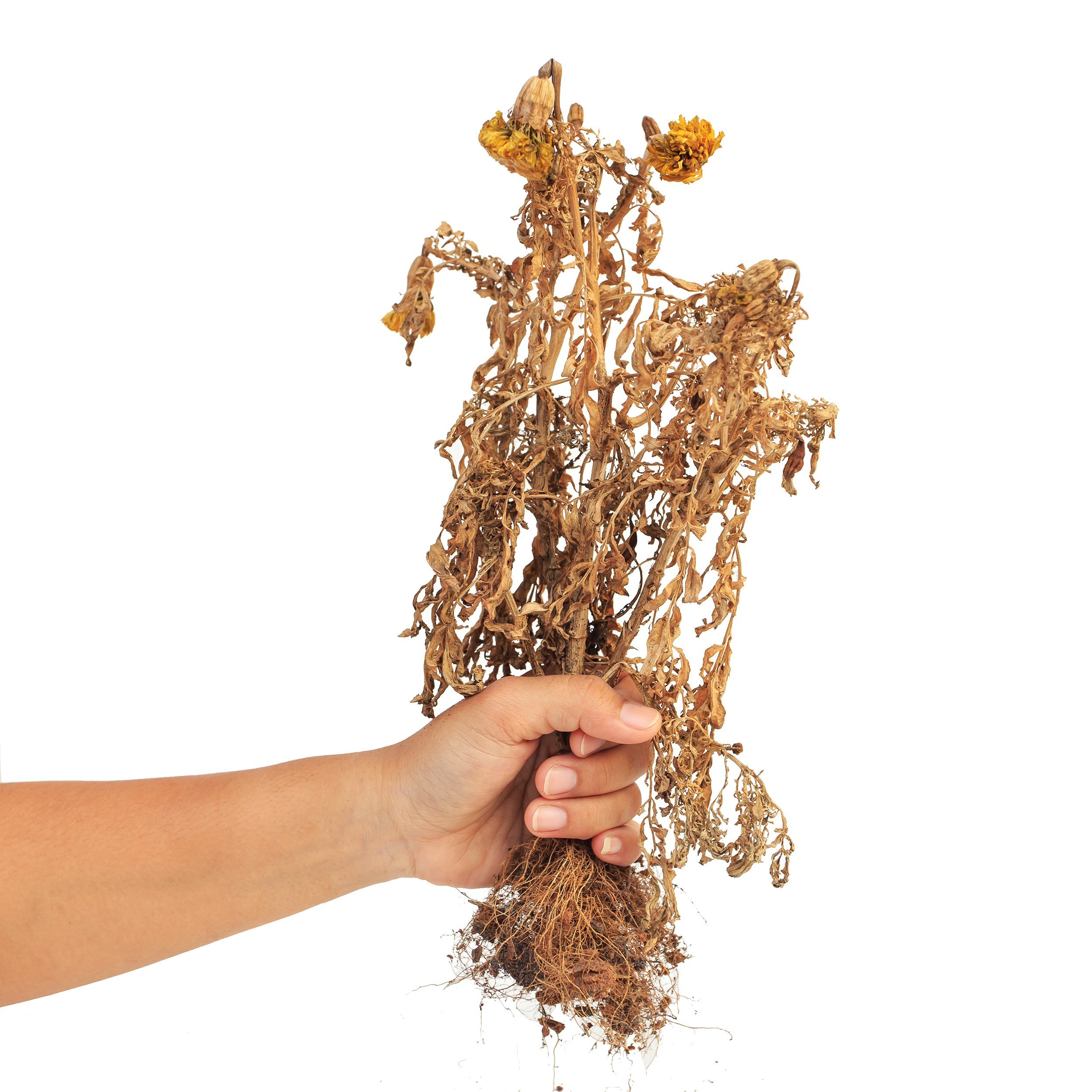
Remove spring and summer plants as they begin to fade. Any annuals that are dead or dying should be taken out. Perennials at the end of their growth span for the year can be trimmed to ground level. Remove weeds in the process, to keep flower beds healthy and save time and money next spring.
PLANT A FALL GARDEN
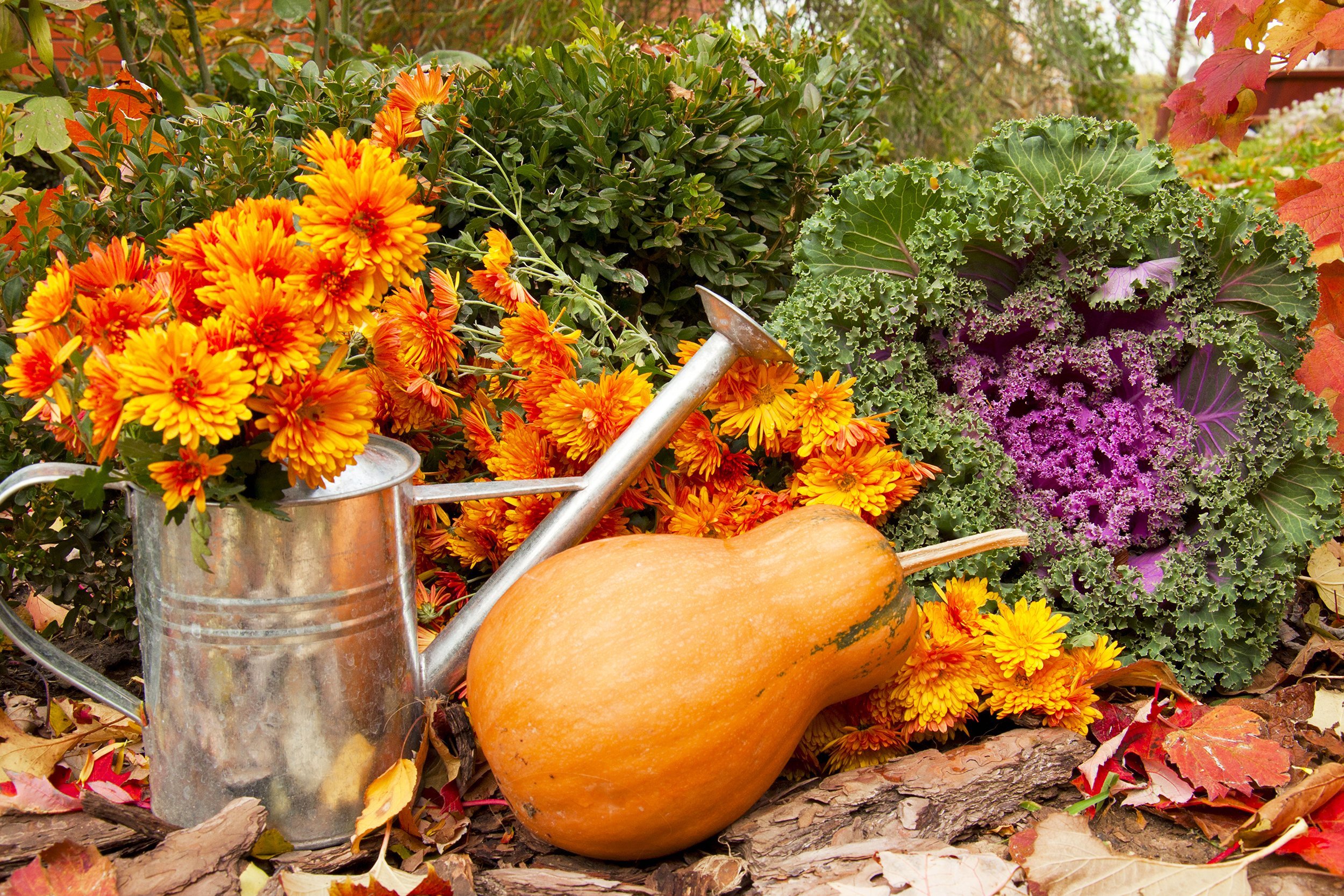
Many plants thrive in the moist, warm fall days and cooler nights. Replace failing summer blooms cheaply with mums, the colorful plants known as coleus, as well as fall vegetables such as lettuce, spinach, kale, cabbage, broccoli, cauliflower, and carrots. Modern Farmer lists how many days are required for each crop to mature before the first frost.
PROTECT FRAGILE PLANTS

Cover the plants that aren’t hardy enough to survive winter temperatures or bring them inside to avoid having to buy them again in the spring. Tropical plants can be potted and kept inside during the fall and winter. Bulbs, too, should be dug up and stored inside.
Trending on Cheapism
STOCK UP ON YARD WASTE BAGS
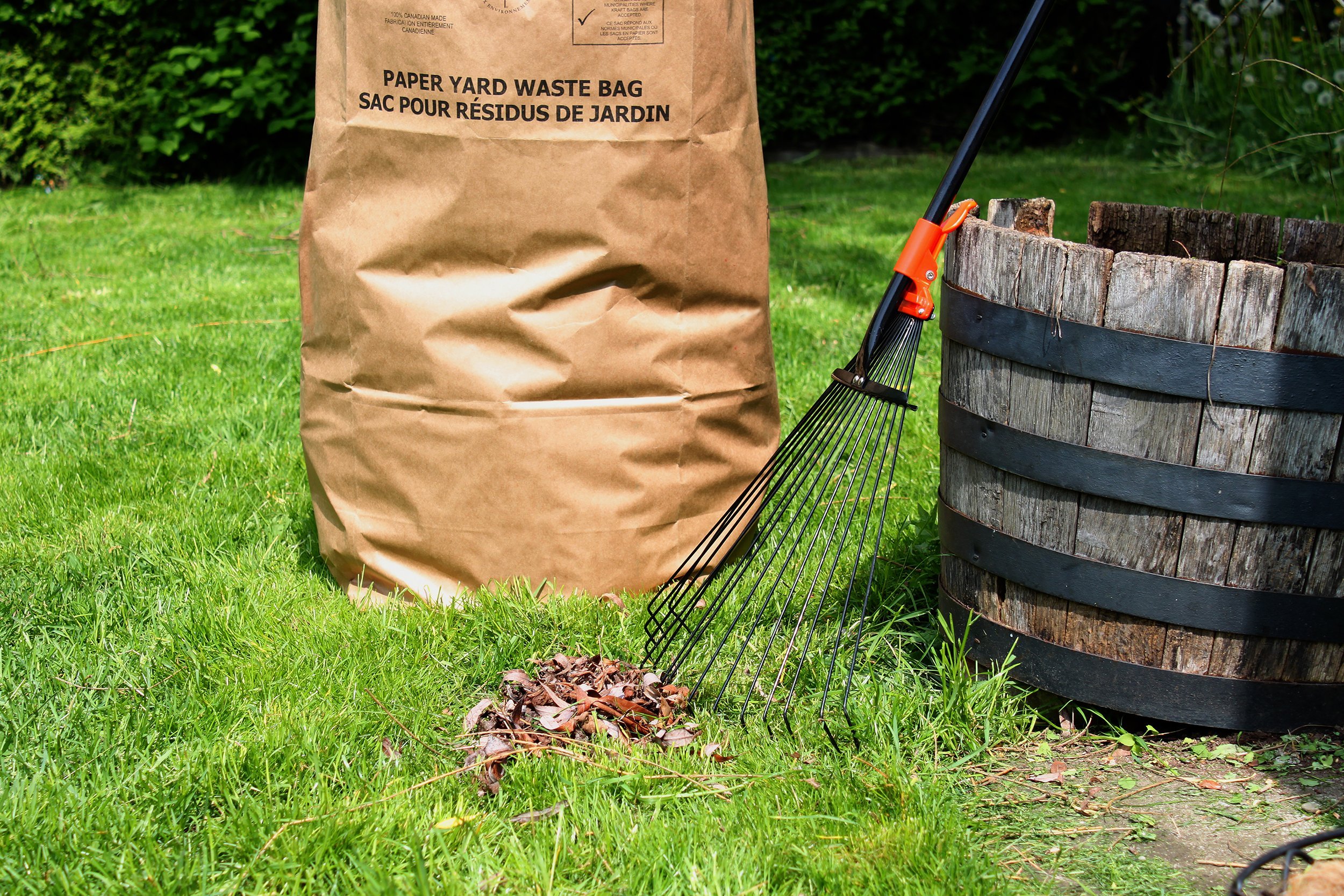
When preparing to remove dead plants and rake up piles of leaves, it’s a good idea to stock up on yard waste bags. For better prices, buy in bulk at a warehouse club such as Costco, which sells 80 of its 33-gallon bags for $14.50.
TRIM TREES AND BUSHES
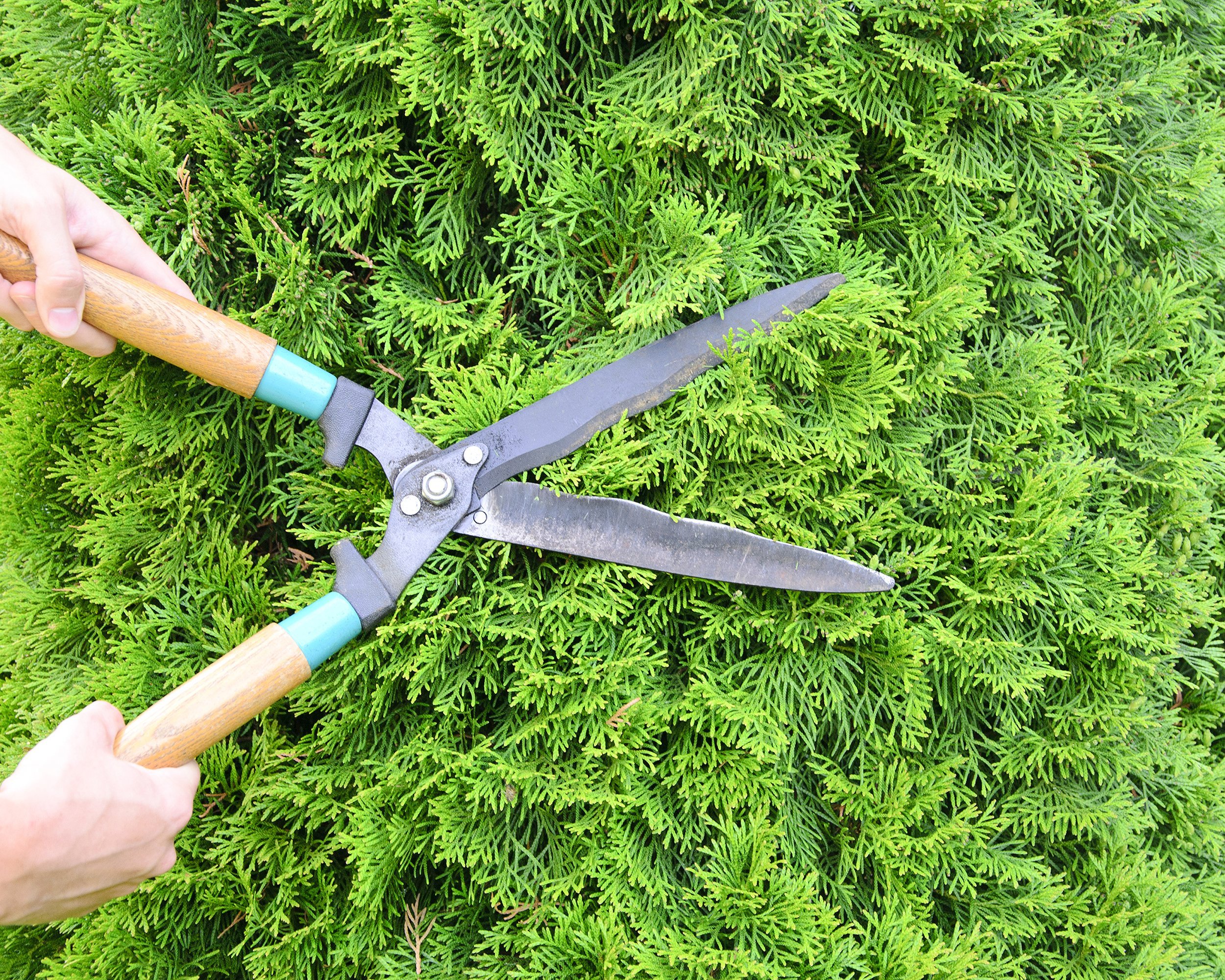
The best time to trim back unruly bushes and trees is when they are done blooming for the season. Trimming more than 25 percent of any plant carries a risk it won’t bloom in the next growing season, but that shouldn’t prevent a trim of any extra-long branches scraping the windows and roof, especially with winter storm season on the way.
CLEAN OUT THE SHED OR GARAGE

Empty out six months’ worth of trash, debris, and other junk that’s accumulated in the garage or storage shed, disposing (safely) of anything that’s not needed — including chemicals and yard supplies that are past their shelf life, such as seed and fertilizer. Sweep out the space and organize it to make room for winter storage.
Sign up for our newsletter
PUT AWAY SEASONAL ITEMS
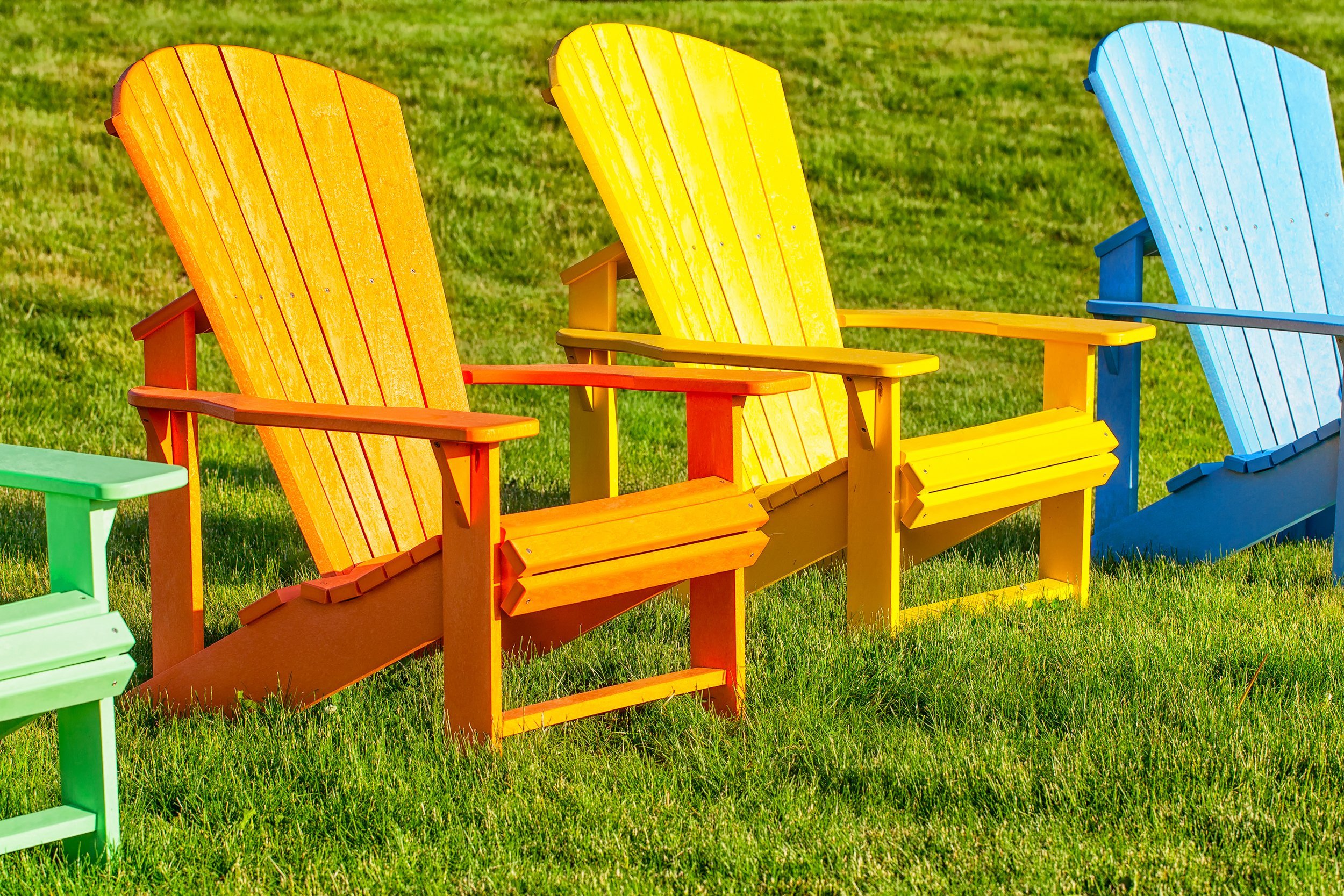
Patio furniture such as seat cushions, umbrellas, chairs, and small tables should be stored inside or covered during winter months to keep it in good shape. Cover the grill and move it into storage for the winter, along with anything else you don’t want to replace come spring: yard decor, flags, and the like.
FIX WALKWAYS
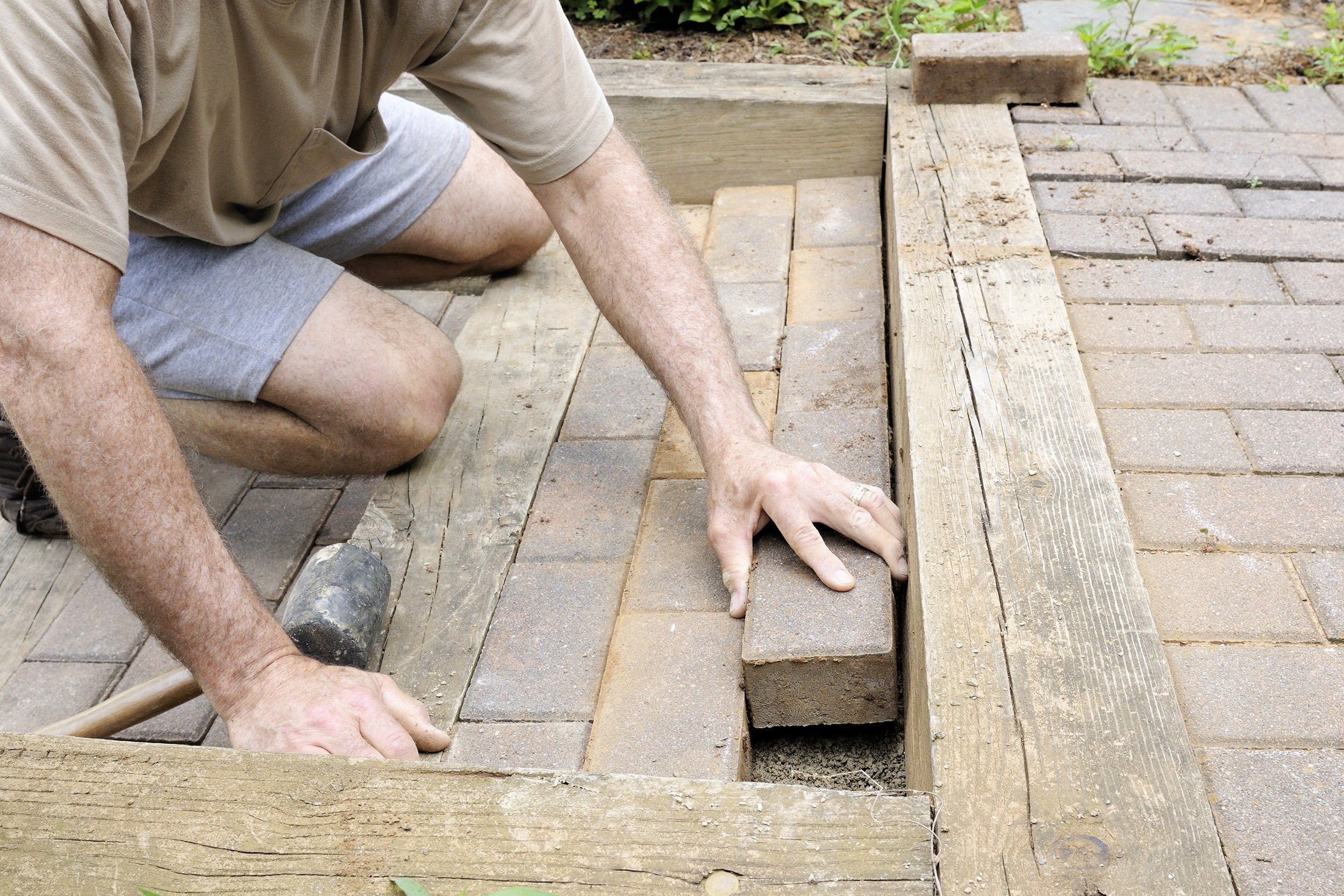
Fall is the time to attend to broken and raised portions of walkways and exterior steps, which can be dangerous in an icy winter. Have broken areas repaved, bricks smoothed down, and broken railings fixed, and replace burned-out bulbs in exterior lights and along walkways.
WINTERIZE OUTDOOR PLUMBING
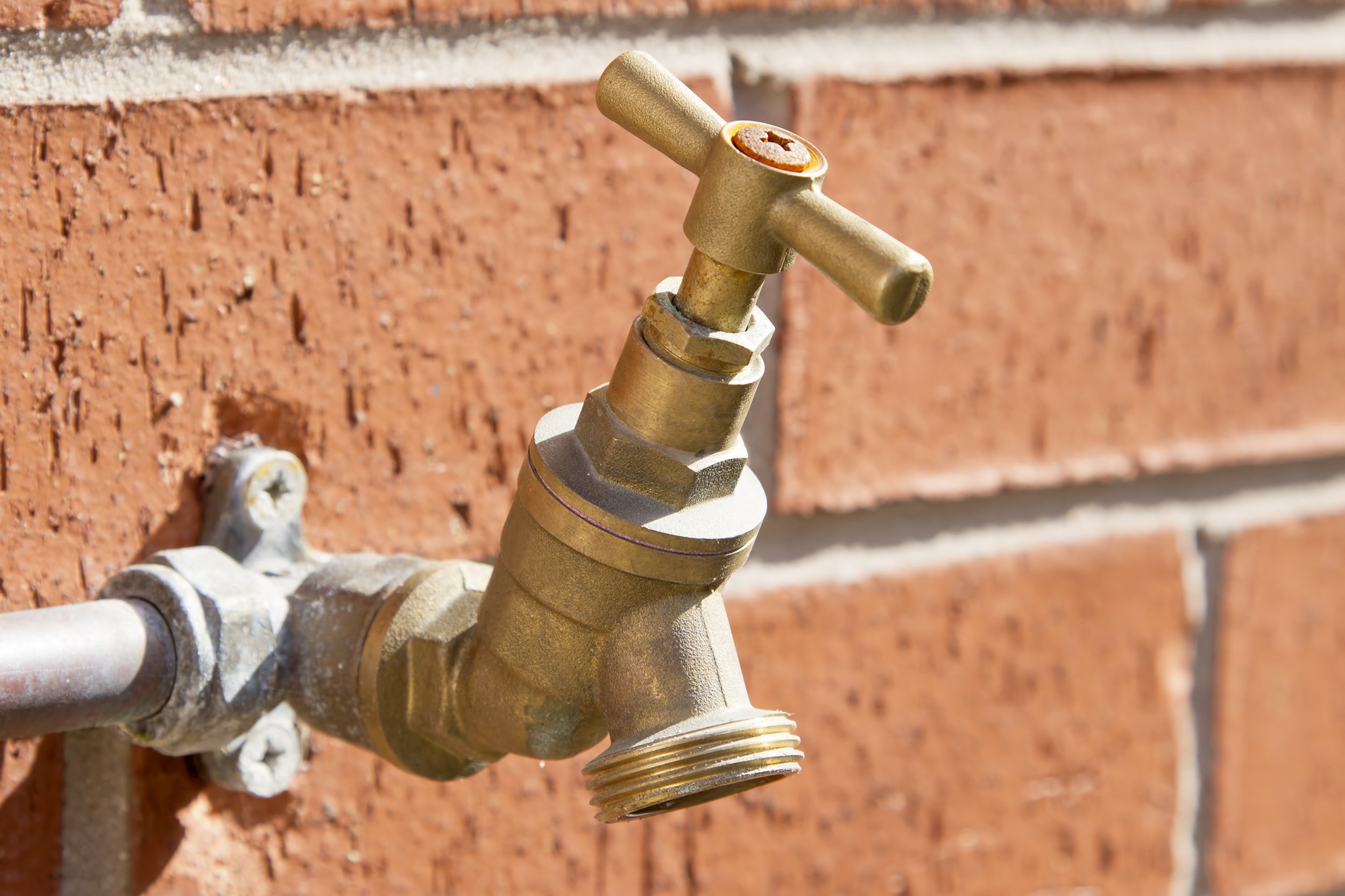
Be sure to winterize outdoor plumbing before temperatures drop to freezing — it might save a fortune by avoiding a call to a professional to deal with burst pipes. Just drain and turn off outdoor faucets and take hoses off and store them inside for the winter. Bob Vila has more details.
CLEAN THE GUTTERS
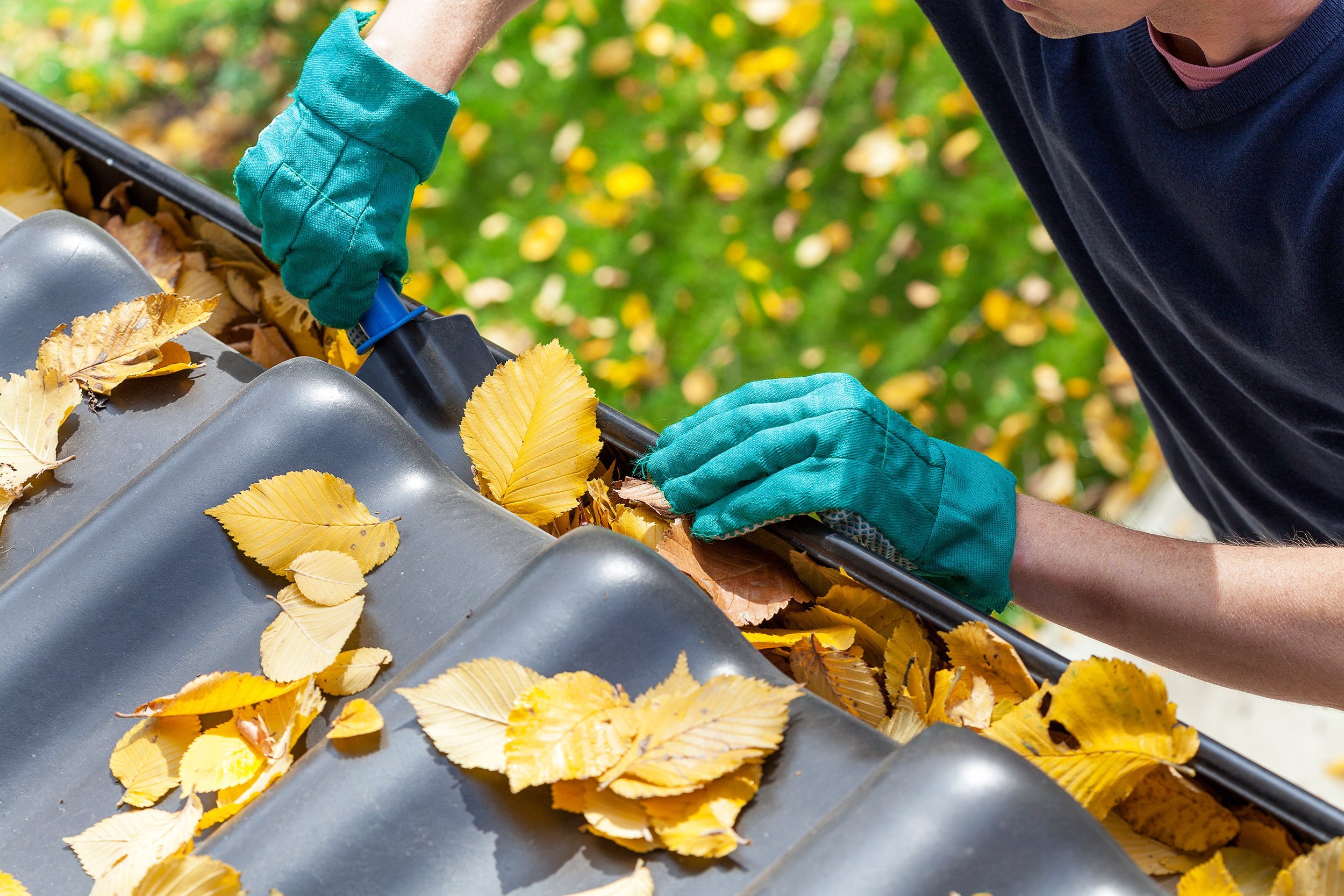
Clean out the gutters now, or have them cleaned, and make sure downspouts are properly connected and working. This avoids clogs that can become nesting grounds for mosquitos and leaks that cause permanent water damage.
KNOCK DOWN COBWEBS
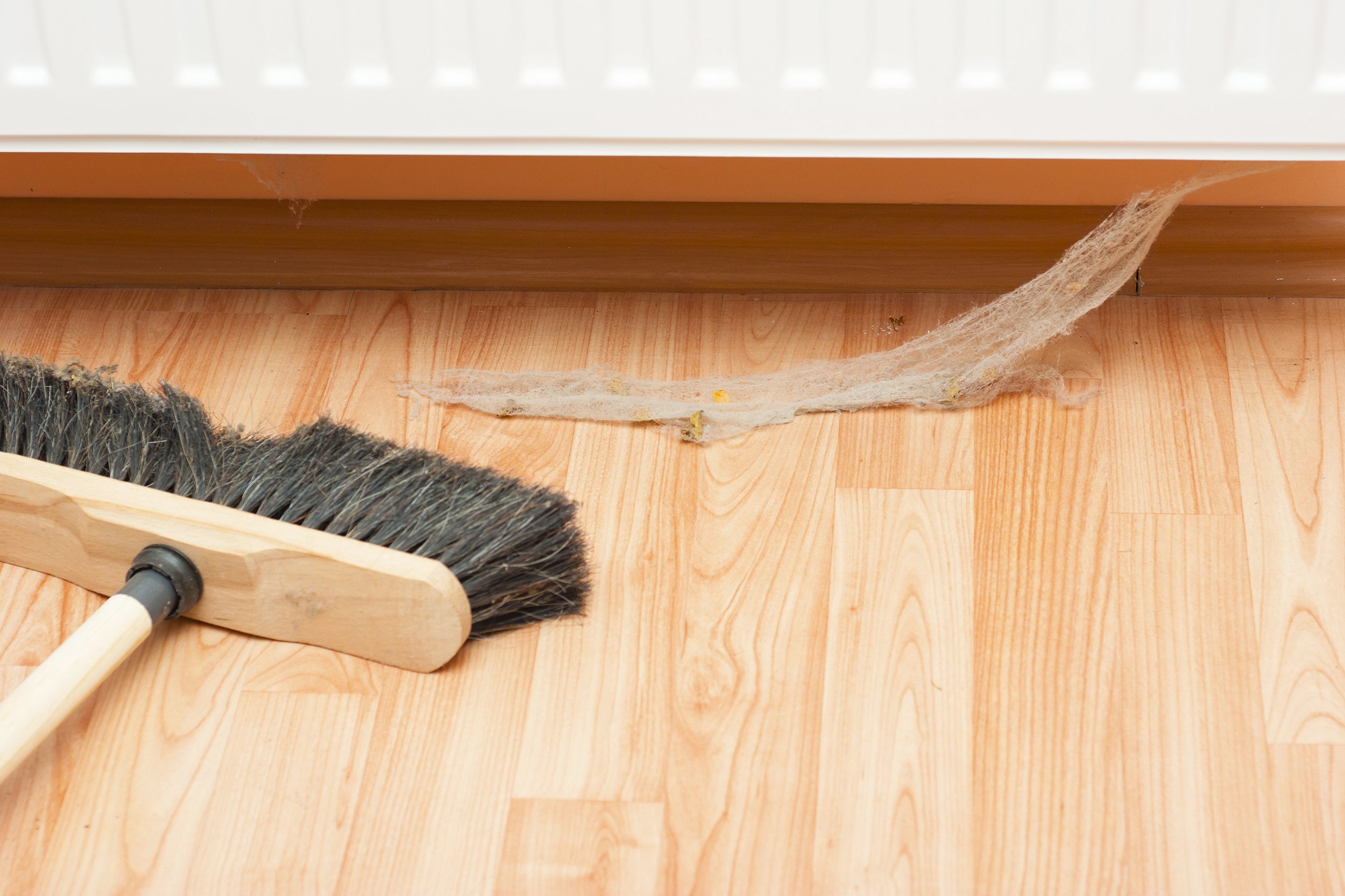
Humans aren’t the only ones prepping for cooler weather — bugs are too. To keep them from making their way inside as the weather cools, knock down spiderwebs and nests from around the house and windows. Trim back plants to at least a foot away from the sides of the house.
SEAL THE WINDOWS
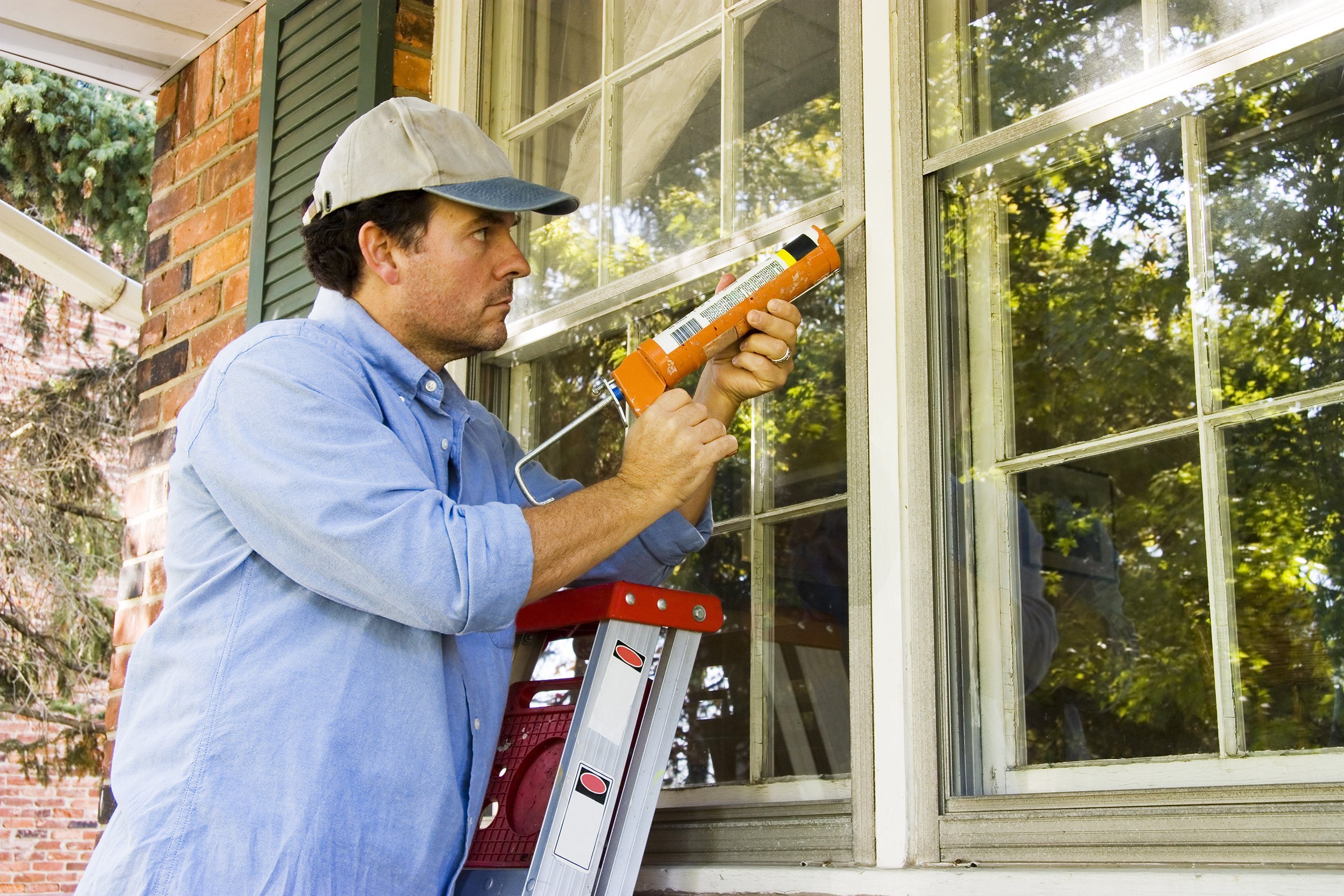
Although it may still be warm enough to keep the windows and doors open during the day, now is the time to start keeping the warmth inside and not spend more on heating bills than necessary. Check windows and doors for cracks and drafts, seal the bottoms of doors with weatherstrips, and close up cracks with a weatherproof sealant. Hanging window treatments can also help keep heat inside.
HAVE THE FURNACE CHECKED

Save cash on repairs down the road and keep the family safe from fires or gas backups by hiring a professional to check the furnace, making sure it’s in good working condition before running it for the first time in months. Be sure to change the filter regularly to prevent problems.
CLEAN THE FIREPLACE
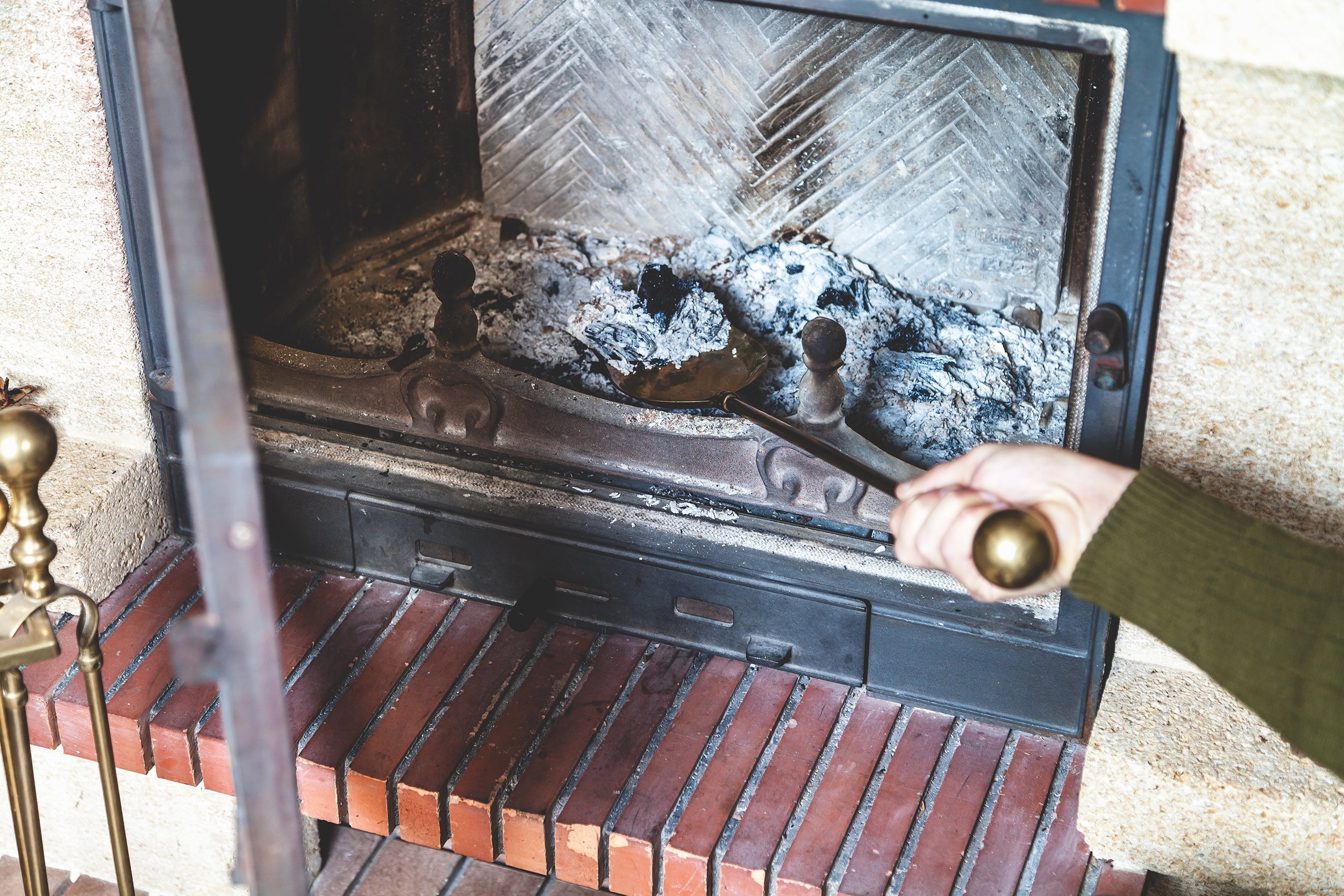
Likewise, if there’s a working fireplace in the house that will be used as temperatures cool, it’s worth it to schedule a professional cleaning and inspection. Creosote can build up in uncleaned fireplaces and chimneys, leading to dangerous flare-ups and causing gases and smoke to vent into the house rather than outside.
TEST AND REPLACE SMOKE DETECTORS

Smoke detectors are the first line of defense against fires. Experts recommend testing smoke detectors once a month and replacing the batteries twice a year — once in the fall and once in the spring. A good way to remember: Do it as daylight saving time comes and goes. Test carbon monoxide detectors at the same time.
PREP IN CASE OF A FIRE
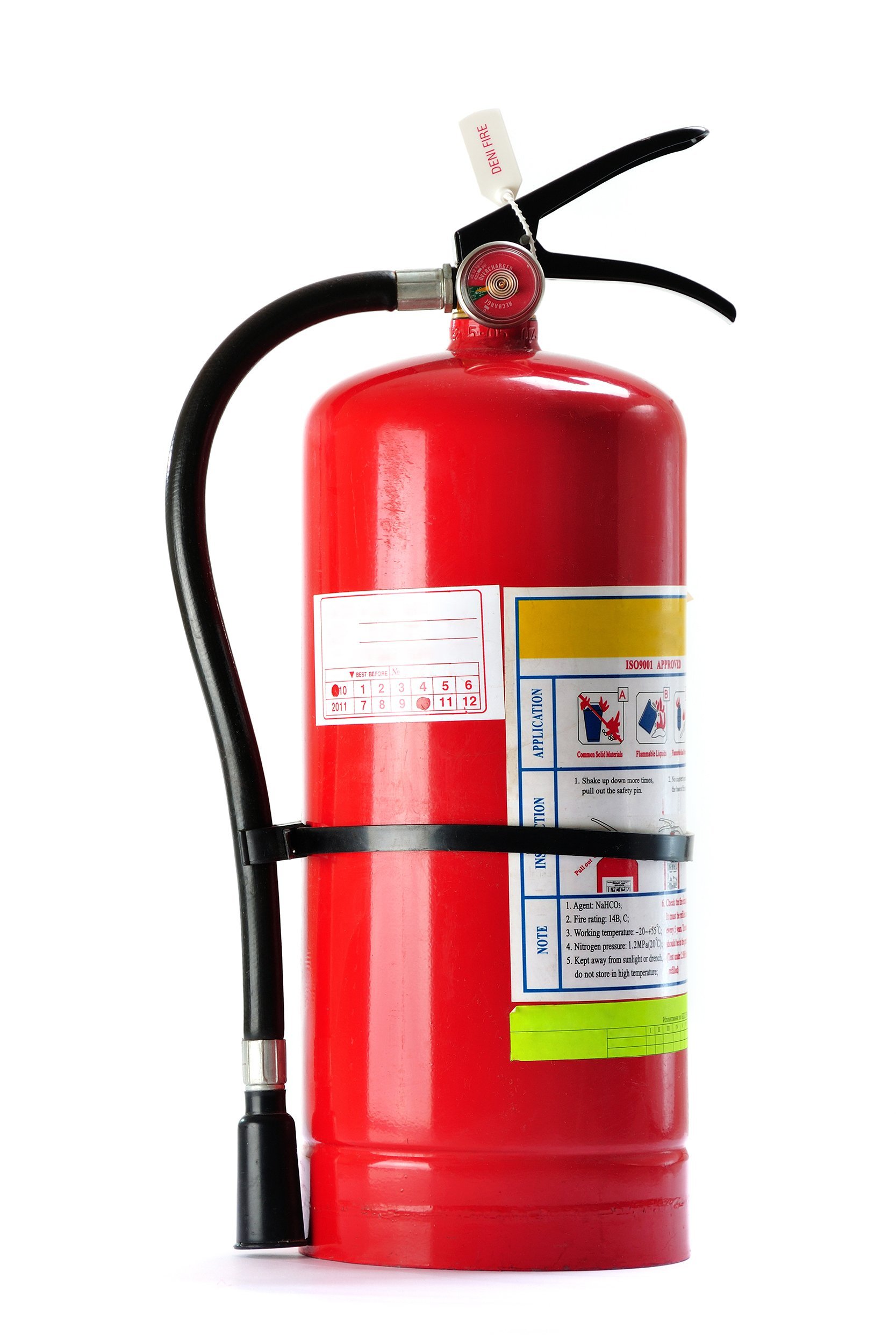
When checking the smoke detectors, verify that there’s a fire extinguisher somewhere in the house — one on each floor is even better. Make sure everyone in the house knows where to find it. Inspect the pressure gauge and lock and ensure that the nozzle is clear of clogs. Also, put a fire escape plan in place for each room and review the plan with each family member.
CLEAN OUT THE CLOSET

Prevent overbuying with the change of the seasons by cleaning out closets and seeing what clothes you already have. Dig out and organize coats, toss anything that is worn out or doesn’t fit, and designate a place to stash boots and shoes that is accessible to everyone in the home.
